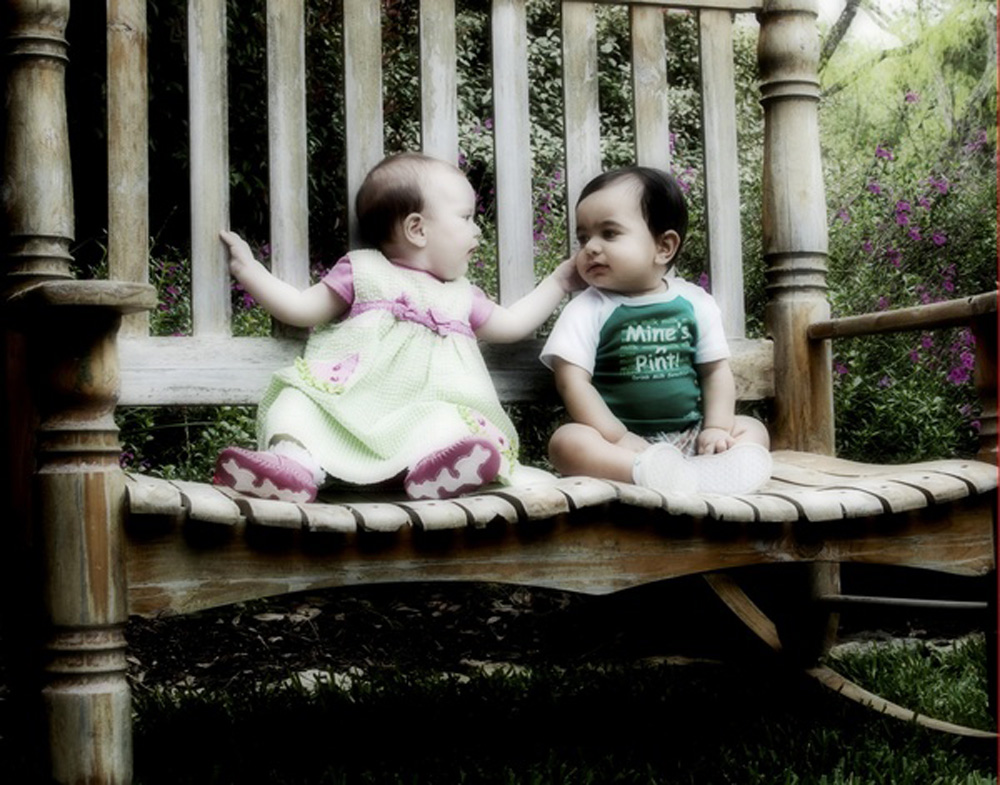
Photography isn’t the only way to capture the world, but it certainly is one of the most effective. Look no further than the nearest social media feed, news station, magazine article, or book cover to see it – photographs have power. If you want to harness that power and learn how to take the best possible photos, welcome to “Photography Basics: The Beginner’s Guide.” This comprehensive tutorial explains the fundamental concepts you should know about photography from start to finish.
Why We Wrote “Photography Basics”
Where would you go if you wanted to learn the most important basics of photography, starting from scratch?
Today, many people today like learning about photography online, which is a great way to search through large amounts of information (and carry a reference in your pocket). But as good as the internet is for answering questions, it’s not always geared toward studying a large topic from start to finish.
These Tips Will Assist You Accomplish The Very Best Headshots For Your Clients
After operating Photography Life for more than a decade, we decided it was time to fill this gap for beginning photographers. As we see it, people should be able to start learning photography with little to no prior knowledge, dig down for a bit, and emerge with a solid understanding of the most important concepts. So, Photography Basics – a completely free, online guide to photography – was born
Photography Basics is like a book, and it reads from front to back. Each chapter of the guide builds on prior chapters. If you start at the very beginning and work your way through, the information will flow naturally and in the right order. However, if you want to learn something more specific, you’re welcome to skip ahead to a later chapter. Here is the overall organization of the guide:
This introduction to photography is written for beginners, with several tips and suggestions to take your skills as far as possible. However, writing an introduction to photography is like writing an introduction to words; as amazing and important as it is, photography can be almost limitlessly complex. What separates inspiring photographs from ordinary ones, and how can you improve the quality of your own work? This article lays a foundation to answer to those questions and more.
The purpose of this article is to introduce the past and present worlds of photography. You will also find some important tips to help you take better photos along the way.
A Brief History of Photography and the People Who Made It Succeed
Color photography started to become popular and accessible with the release of Eastman Kodak’s “Kodachrome” film in the 1930s. Before that, almost all photos were monochromatic – although a handful of photographers, toeing the line between chemists and alchemists, had been using specialized techniques to capture color images for decades before. You’ll find some fascinating galleries of photos from the 1800s or early 1900s captured in full color, worth exploring if you have not seen them already.
These scientist-magicians, the first color photographers, are hardly alone in pushing the boundaries of one of the world’s newest art forms. The history of photography has always been a history of people – artists and inventors who steered the field into the modern era.
So, below, you’ll find a brief introduction to some of photography’s most important names. Their discoveries, creations, ideas, and photographs shape our own pictures to this day, subtly or not. Although this is just a brief bird’s-eye view, these nonetheless are people you should know before you step into the technical side of photography:
Many people today believe that their phone is good enough for most photography, and they have no need to buy a separate camera. And you know what? They’re not wrong. For most people out there, a dedicated camera is overkill.
Phones are better than dedicated cameras for most people’s needs. They’re quicker and easier to use, not to mention their seamless integration with social media. It only makes sense to get a dedicated camera if your phone isn’t good enough for the photos you want (like photographing sports or low-light environments) or if you’re specifically interested in photography as a hobby.
That advice may sound crazy coming from a photographer, but it’s true. If you have any camera at all, especially a cell phone camera, you have what you need for photography. And if you have a more advanced camera, like a DSLR or mirrorless camera, what more is there to say? Your tools are up to the challenge. All that’s left website is to learn how to use them.
The Three Fundamental Camera Settings You Should Know
Your camera has dozens of buttons and menu options, if not hundreds. How do you make sense of all these options? And how do you do it quickly in the field?
It’s not easy, but it’s also not as bad you might think. In fact, most of the menu options are things you’ll only set one time, then rarely or never touch again. Only a handful of settings need to be changed frequently, and that’s what the rest of this Photography Basics guide covers.
The three most important settings are called shutter speed, aperture, and ISO. All three of them control the brightness of your photo, although they do so in different ways. In other words, each brings its own “side effects” to an image. So, it’s a bit of an art to know exactly how to balance all three for a given photo.
